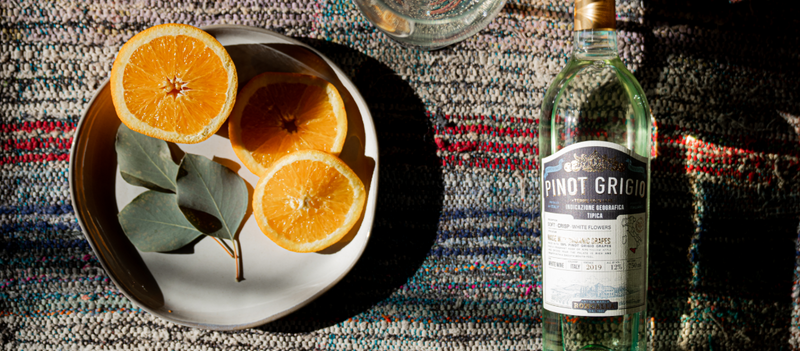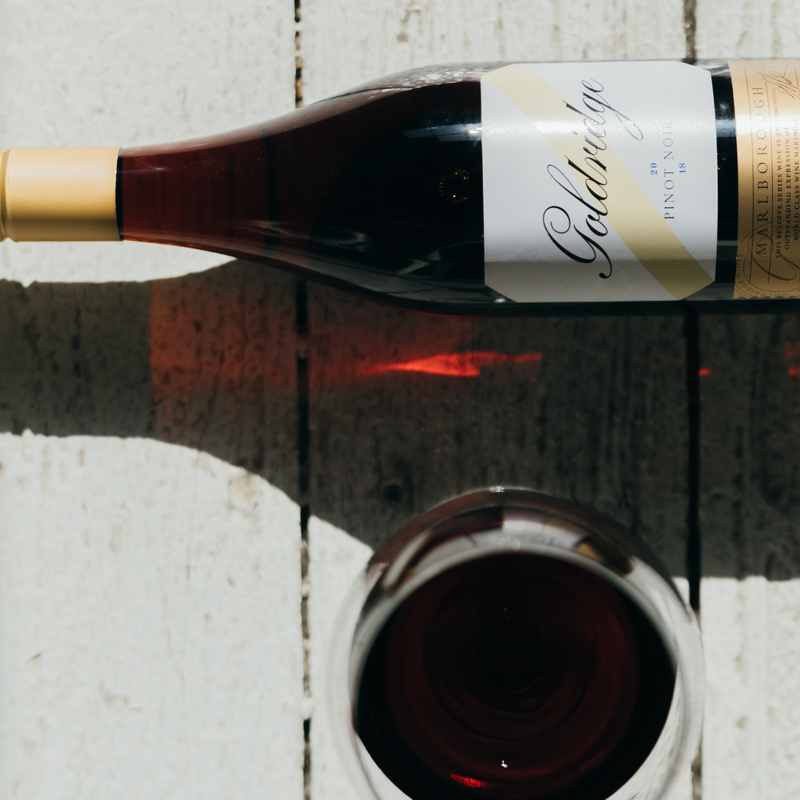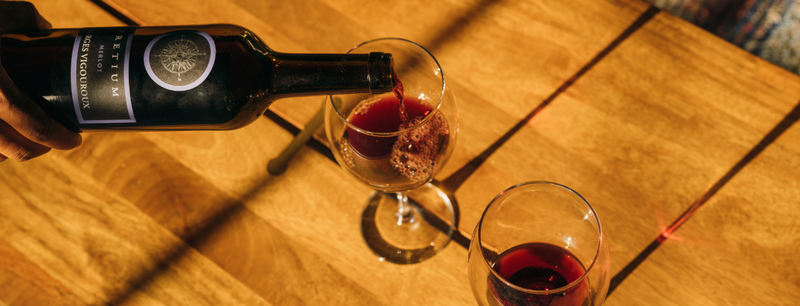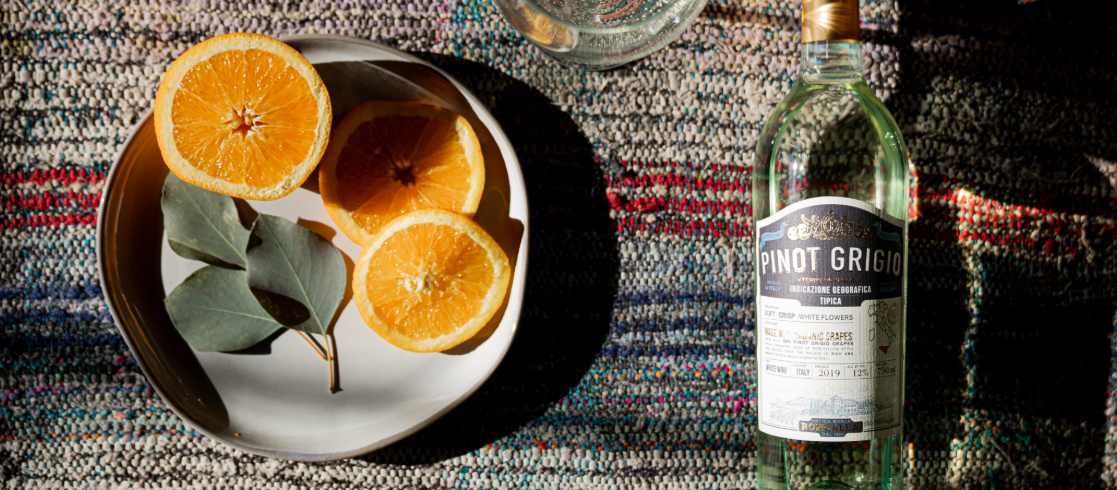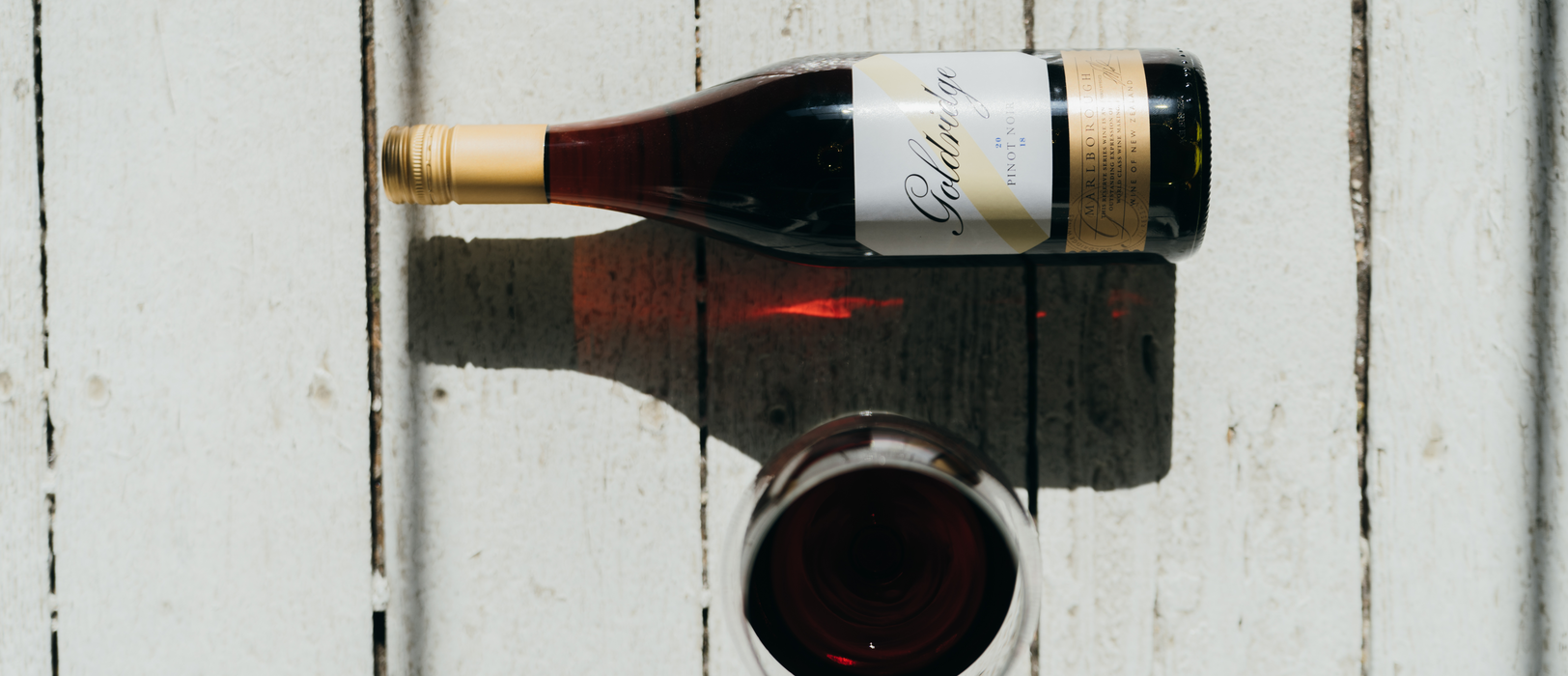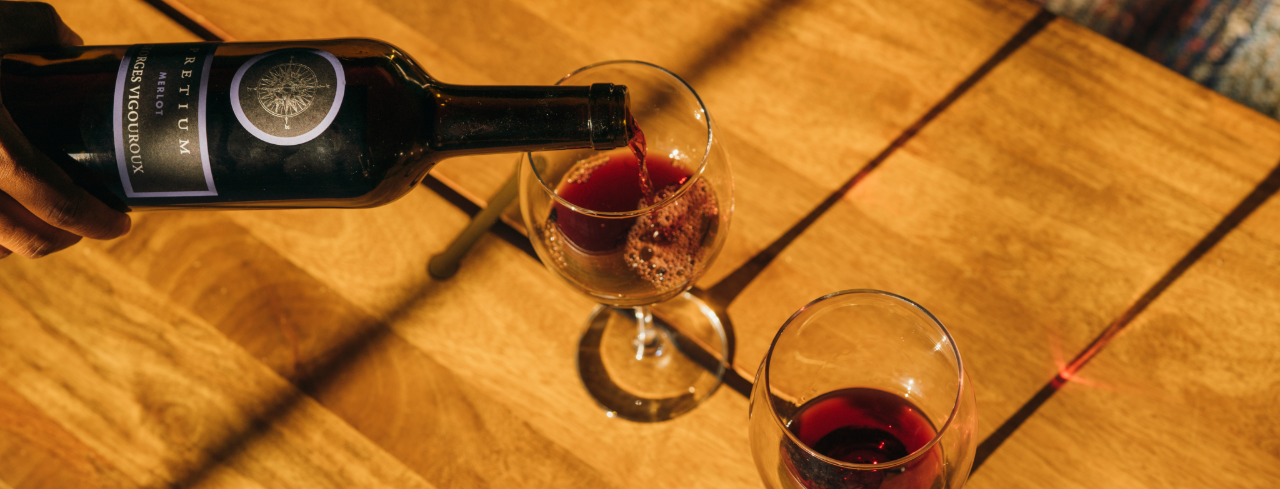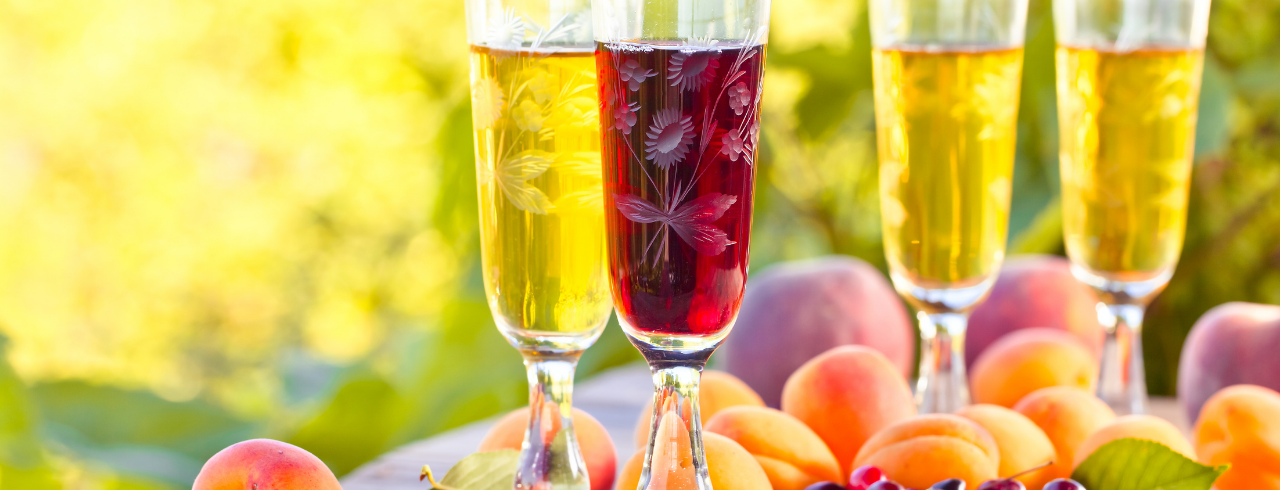
The Ultimate Guide To Sweet Wine
Nothing is better than finishing off a special occasion with dessert. Whether you’re in the mood for some creamy vanilla ice cream, dark chocolate, or red velvet cake, you can count on sweet foods to make everyone happy.
There is something incredible about how dessert can shape an event. But what if you can have your dessert and drink it too? Before you say anything, know we’re not suggesting milkshakes and ice cream floats. We recommend trying a sweet dessert wine!
If you are a wine drinker that wants to satisfy your “sweet tooth,” dessert wine is the ideal beverage for you. Everything –– from its intense aroma, signature sweetness, and moderately high alcohol content –– can turn a meal with family or a party with friends into a day to remember.
Sweet wines are a unique type of drink. So, in order for you to learn more about them, here is our comprehensive guide to dessert wines.
What are Sweet Dessert Wines?
Most dessert wines offer rich and fruity flavors to the drinker. While this description can be applied to other wines, like Sauvignon Blanc and Fume Blanc, what makes sweet wines different are their candied and honeyed textures. Not to mention, various types of sweet red wine and sweet white wine can be crafted.
How are Sweet Wines Made?
Winemakers utilize varying processes to create dessert wines:
Late Harvest
Winemakers leave grapes on their vines for one to two months after the initial harvest. This allows the grapes to over-ripen, and they become packed with natural sugars.
Ice Wine
In vineyards with extremely cold temperatures, the water in grapes is frozen. The grapes are then harvested at night, so they can remain chilled. The grapes’ fermentation process takes around two to six months since their juice is so concentrated and sweet.
Sweet White Wine Types
White wines are known throughout the wine industry for their crisp, acidic, and highly fruity nature. If you’re looking for ones that simultaneously keep these elements and add a few surprises, here are some sweet white wines you should try:
Chenin Blanc
Chenin Blanc is a highly acidic, sweet wine. Its ABV (Alcohol By Volume) levels range between 12-14.5%. However, a winemaker can make this wine dry, sparkling, or still. Make sure to read the label or online description of a Chenin Blanc bottle in order to determine its level of sweetness before purchasing.
This white wine incorporates hints of apple, pineapple, pear, spice, and peach into its aroma and taste. With its acidic nature, low tannin levels, and light body, Chenin Blanc serves as the perfect companion to many meals.
For example, you can drink this wine with meats, seafood, salads, and mildly spicy foods. If you’re looking for something sugary, sweet Chenin Blanc serves as the perfect pair to desserts, like homemade apple pie.
But keep bold flavored condiments, such as soy sauce or vinegar, away when drinking Chenin Blanc. Those can drown out the wine’s intricacy.
Moscato
Moscato has little acidity, a lack of tannins, a light body, and low dryness levels. It incorporates peach, orange, and grape into its flavors and scent. Unlike Chenin Blanc, Moscato’s ABV sits at a relatively low 5-12%.
Moscato can be paired with appetizers, sweet brunch dishes, and any dessert. Not to mention, cheeses –– like Swiss or blue cheese –– are nice companions to Moscato. Spicy or salty foods work, too.
Keep in mind the wine’s fruity flavors make it hard to pair with certain main course meals. Moscato should not be consumed while eating heavy meals that contain fatty meats.
Sweet Red Wine Types
Red wines have gained widespread popularity for their stand-out characteristics. Not only do they have high tannin levels, but red wines also have an unmistakable dryness to them.
However, sweet red wines are the opposite of this. These wines are a complex and sugary treat. While some have a certain degree of dryness, most dessert red wines have plenty of residual sugar and little to no tannins. Here are a few sweet red wines you should keep an eye out for:
Schiava
If you have a love for cotton candy, then Schiava is the drink that will send you to a wine-drenched cotton candy heaven. This beauty is classified as a “still red wine.” In other words, it’s non-sparkling and has no carbon dioxide or bubbles. Schiava’s flavors include strawberry, raspberry, rose, lemon, and smoky almond.
A combination of these flavors give the wine its rich cotton candy aroma and taste. But if you think this wine might be too sweet, you’ll be happy to know that Schiava has a fair amount of dryness. With its light to medium body, little tannins, high acidity, and 10-11.5% ABV, Schiava will be a delectable and refreshing wine for your palate.
What makes the wine even better is the meals you could pair it with. Schiava should be consumed with fish, shrimp, and non-fatty meats. Southeast Asian cuisine works wonders with Schiava, as well. Choose foods with basil, ginger, galangal, and other aromatic herbs to ensure a delicious dining experience.
Madeira
Madeira is a very versatile wine. Not only can it be made with red or white grapes, but Madeira’s color and taste are determined by how long it has been aged. This wine can end up with a dry texture and golden or orange color after being aged for three years. However, if a winemaker decides to age Madeira for five or more years, the wine will be sweet and adopt a red color.
Sweet red Madeira gives its drinker a taste of burnt caramel, walnut oil, peach, hazelnut, and orange peel. Madeira’s full body, little to no tannins, large acidity level, and high ABV (of over 15%) gives wine drinkers one of a kind experience. But remember, Madeira should be consumed in small portions due to its unique features.
You should also be mindful about what you’re eating with sweet red Madeira. You can try drinking it alongside artichoke, pea soup, and asparagus. Other options are cheese, nuts, meat, and mushrooms. If you want to match Madeira’s sweetness with dessert, pair it with chocolate, cake, or pudding.
The Beauty of Dessert Wines
Dessert wines are complex beverages with key features you should understand. Don’t let that deter you from buying them, though. These wines are an absolute pleasure to consume. Their vast array of flavors and aromas allows you to have a remarkable experience with each bottle you buy.
It’s time to go ahead and try some dessert wines! Visit our website for our catalog of sweet wines.
